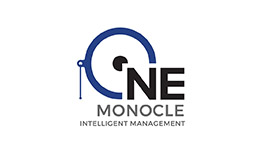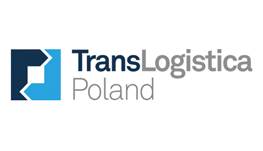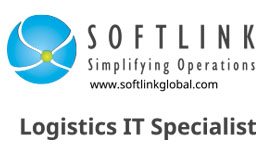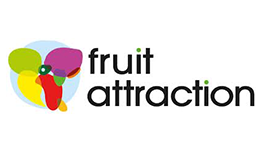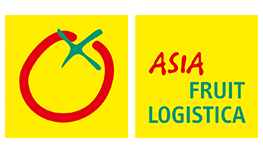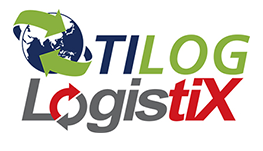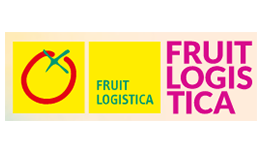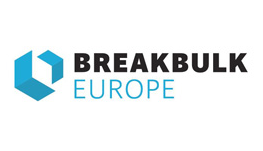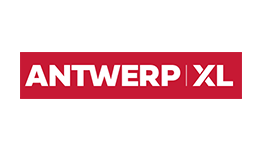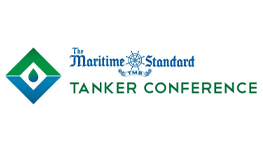Food Labeling Needs Technology to Drive Simplicity
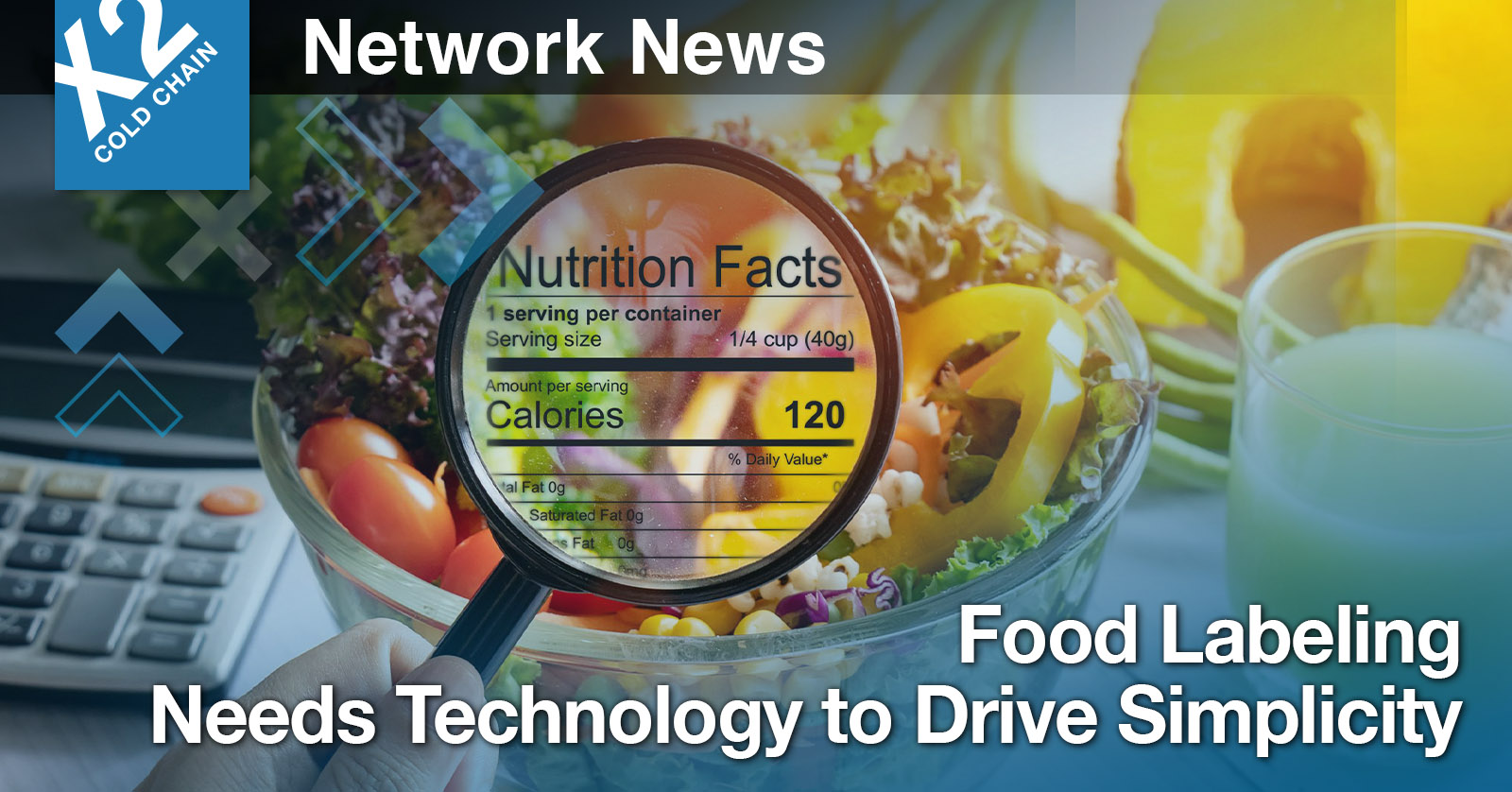

As food labeling leans towards simplicity, technology and other innovations help drive growth.
Food packaging labeling is an important part of the cold chain. There are not only labels that help consumers decide what products to buy, what ingredients are inside and how to store the product, but labeling is also an important part of the food handling process. Everyone involved in the process of handling that food product must know how to store it and other necessary information.
Throughout the tumultuous year of 2020, many trends shifted, yet labeling remained an important part of the process. In a recent expert column on FoodLogistics.com, Ken Moir, VP of marketing at NiceLabel, said “2020 was a wild year for food manufacturers and supply chains worldwide, and at the epicenter of many of this year’s challenges was one unassuming yet vital element to streamlining operations and ensuring success -- the label.”
But, what trends are happening with labeling itself today? According to Jay Johnson, senior manager of Labelmaster Services at Labelmaster, simplicity is one of the top themes in food labeling.
“The trend right now is simplicity and using labels that don’t require lots of training to explain the urgency of maintaining the correct conditions for a product to stay viable,” he says. “Previous attempts at labeling such as the IATA ‘time and temperature sensitive’ label left workers confused as to how they were supposed to handle boxes. Does the label indicate that the inside needs to me kept as 2-8° or does the entire package need to be kept at 2-8°?”
Labels and technology go hand-in-hand
To help drive simplicity and user-friendly experiences, label and packaging companies turn to technology.
“Within the cold chain, companies are increasingly using devices to track shipments and monitor time and temperature,” adds Johnson. “Chemical strip indicators have become increasingly popular because they are simple to use, inexpensive and do not use hazardous materials (such as lithium batteries), which may require additional packaging and labeling.”

These growing trends and reliance on technology became more impactful throughout the Coronavirus disease (COVID-19) pandemic.
“The COVID-19 pandemic has significantly impacted the global cold chain, and for some organizations, brought a new set of challenges,” says Johnson. “For example, businesses that have gotten into home delivery due to the pandemic are now having to navigate the challenges associated with last-mile delivery of food (and other goods) to residences from stores and distribution sites that normally do not ship temperature-controlled items. Delivering perishable materials that are out of their original packaging and control can bring a myriad of problems.
“Your local grocery store is offering to deliver your ice cream to your door, but do they have all the packaging, staff and plans to keep it frozen or will it show up melted,” he continues. “Now take the same scenario and apply it to your local pharmacy with life-saving drugs that must be kept within a certain range. Will they still work if not maintained?”
Moir explains that other technology in addition to tracking and chemical strips helps the cold chain navigate the “New Normal” and beyond. Integrating solutions such as centralized label management systems help interact with a wide range of technology devices and platforms in addition to handling numerous functions. Label management systems will grow and help companies tap into data at a greater level, getting as specific as determining how well printers are performing.
Other technological trends include cloud migrations for better remote and multilocation access, vision inspection tech for quality assurance and other technology that allows for a socially distant work environment that keeps the cold chain safe.
Source: foodlogistics.com
Member Testimonials
Our Partners
X2 Conference
Our special networking event is about smart freight forwarders coming together to grow and develop business within the group by providing an opportunity for all members to gather in one place to form and extend personal relationships.
- 1
- 2
- 3
- 4
- 5
- 6
- 7
- 8
- 9
- 10
- 11
- 12

NEW YORK
- 1
- 2
- 3
- 4
- 5
- 6
- 7
- 8
- 9
- 10
- 11
- 12

sao paulo
- 1
- 2
- 3
- 4
- 5
- 6
- 7
- 8
- 9
- 10
- 11
- 12

london
- 1
- 2
- 3
- 4
- 5
- 6
- 7
- 8
- 9
- 10
- 11
- 12

dubai
- 1
- 2
- 3
- 4
- 5
- 6
- 7
- 8
- 9
- 10
- 11
- 12

bangkok
- 1
- 2
- 3
- 4
- 5
- 6
- 7
- 8
- 9
- 10
- 11
- 12

hong kong
- 1
- 2
- 3
- 4
- 5
- 6
- 7
- 8
- 9
- 10
- 11
- 12

tokyo
- 1
- 2
- 3
- 4
- 5
- 6
- 7
- 8
- 9
- 10
- 11
- 12

sydney
Book a Discovery Call with our Network Development Managers
Got questions or want to explore new opportunities within our networks? Schedule a one on one meeting with our Network Development Managers.


























.jpg)







